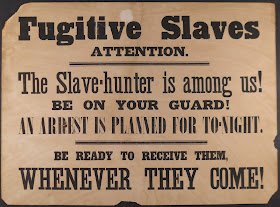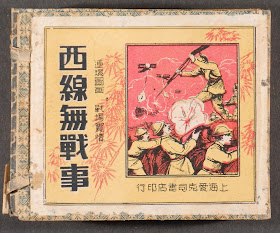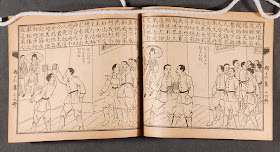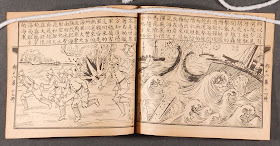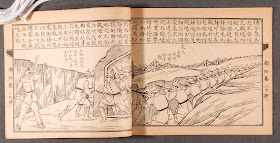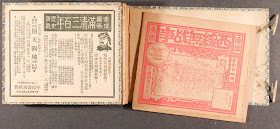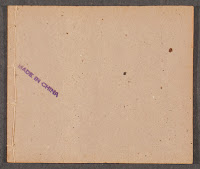 We just acquired a simple document that says so much. This broadside from 1857, printed in Washington, D.C., for a slave owner in nearby Prince George County, Maryland, offers a reward for the capture of the runaway slave Lewis. At first glance, you are struck by the paucity of details concerning Lewis's appearance: his height, "about" 5' 5"; his "stout and full" face; and his slowness of speech. It would be difficult for anyone to make a positive ID from such a description, but it speaks to how the owner could not see Lewis as a person with unique characteristics.
We just acquired a simple document that says so much. This broadside from 1857, printed in Washington, D.C., for a slave owner in nearby Prince George County, Maryland, offers a reward for the capture of the runaway slave Lewis. At first glance, you are struck by the paucity of details concerning Lewis's appearance: his height, "about" 5' 5"; his "stout and full" face; and his slowness of speech. It would be difficult for anyone to make a positive ID from such a description, but it speaks to how the owner could not see Lewis as a person with unique characteristics.But it is the details of the reward that caught our attention. Issued well after the Fugitive Slave Law was enacted, the reward is graded to match the potential difficulty of recovering Lewis. The full $300 reward is contingent on his retrieval from a free state--a capture within Prince George County only warrants a $50 reward. Set next to a broadside posted in a free state warning fugitive slaves of the presence of a slave hunter (that we blogged last year), this document helps illustrate the divisive nature of the Fugitive Slave Law, an act originally designed as a compromise to preserve the union.
Find this item under Broadside 001467.
